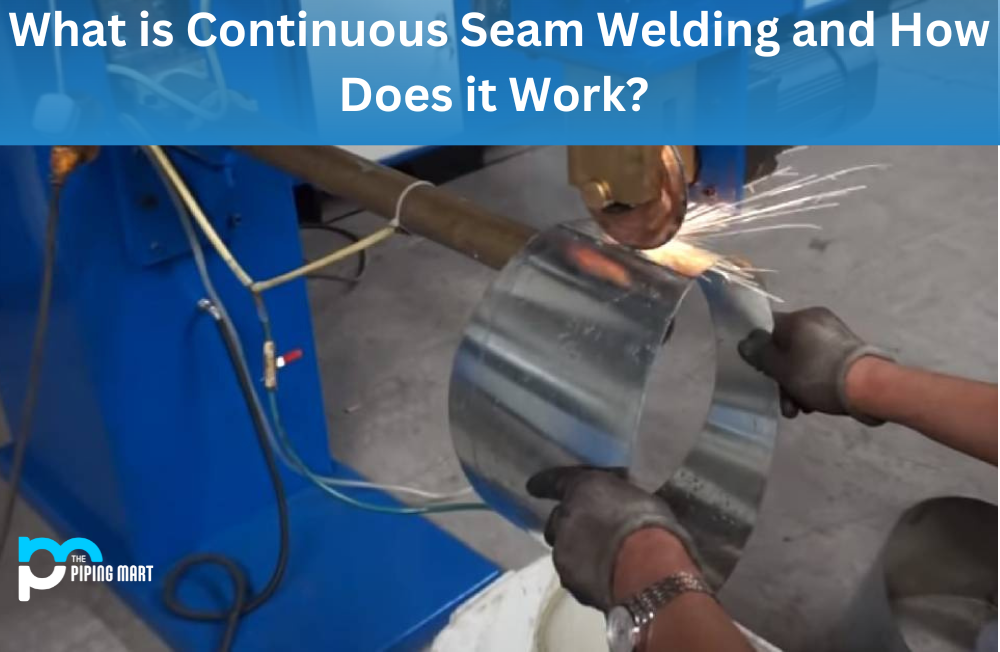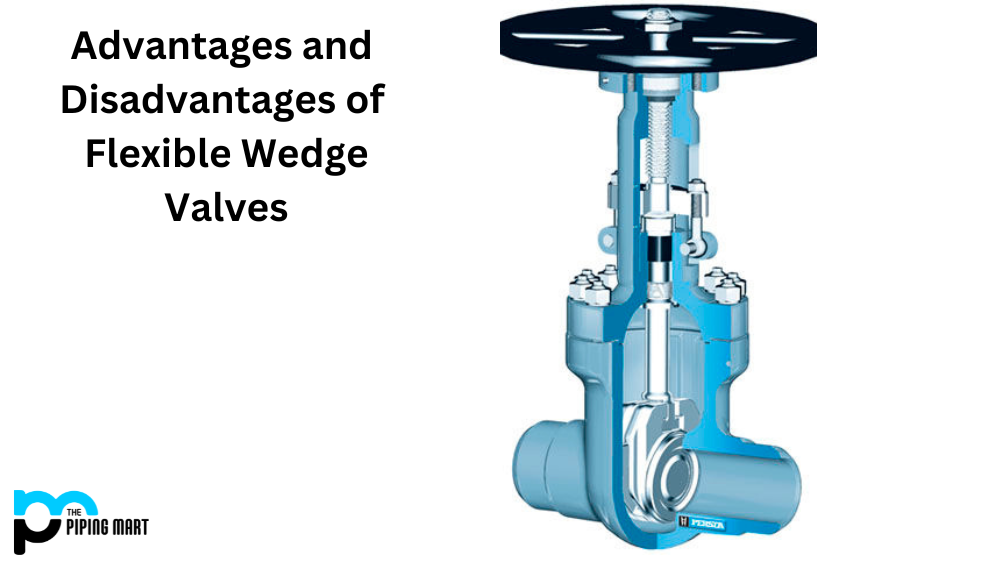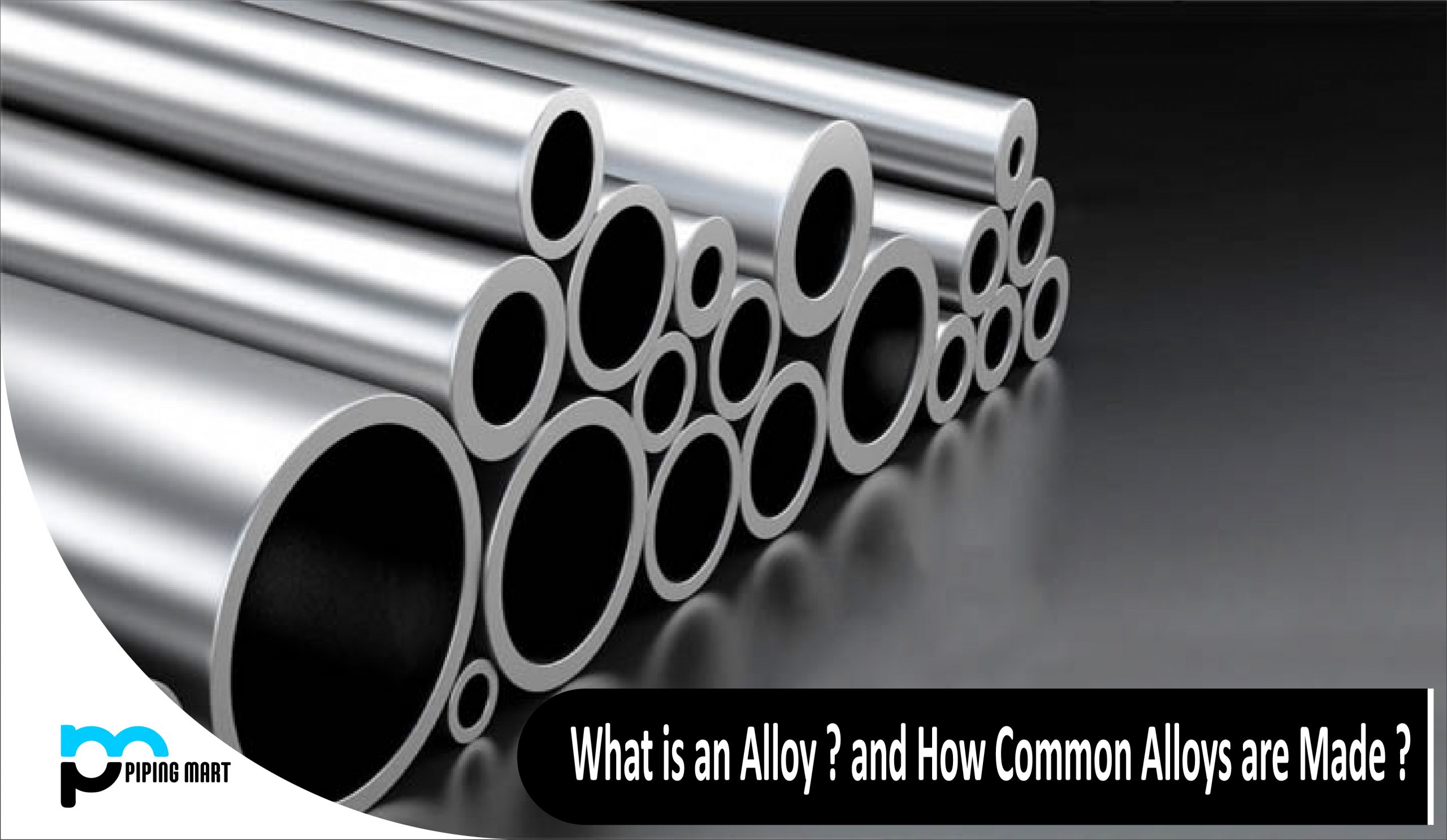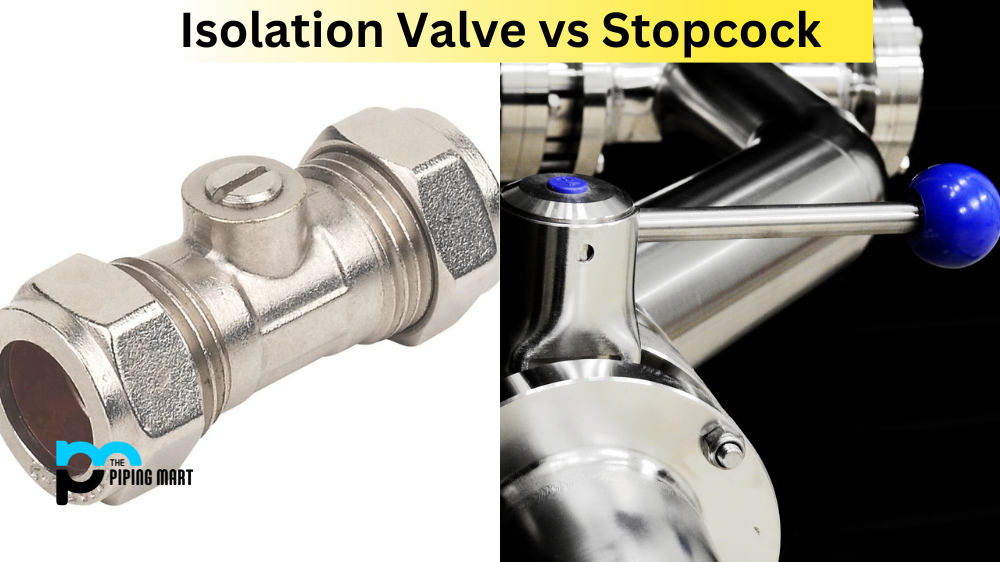Continuous seam welding is a process used to join two metal sheets together seamlessly. It involves creating an electric arc between the two pieces of metal, melting them, and then quickly cooling them down to form one solid piece. This process is often used in automotive, manufacturing, aerospace, and other industries. This blog post will explore the basics of continuous seam welding, its uses, and how it works.
What is Continuous Seam Welding?
Continuous seam welding is an electric resistance welding that joins two pieces of metal together by passing an electric current through it. The heat created by the electricity melts the edges of the metal sheets and fuses them. As the name suggests, continuous seam welding creates a seamless joint between two pieces of metal, making it stronger than other traditional methods like riveting or bolting.
Continuous Seam Welding Uses
Continuous seam welding has many applications across various industries. It’s commonly used in automotive manufacturing for joining sheet metal parts such as doors, hoods, and trunk lids. It can also be used in aerospace to join thin sheet aluminium or stainless steel panels for aircraft. In addition, continuous seam welders are often used to construct tanks or drums for food processing or chemical storage purposes.
How Does Continuous Seam Welding Work?
Continuous seam welding starts with a pair of electrodes which generate an electric arc between them when current passes through it. As the arc passes through the metals being joined together, they melt at their edges, forming a liquid pool that quickly cools down, forming a strong bond between them. The electrodes are then moved along the joint at a constant speed while maintaining pressure on both sides to ensure that all areas are properly welded together without any gaps or imperfections. This process can be automated using robotic arms to maintain consistency from piece to piece and improve production time significantly compared to manual processes like riveting or soldering, which require much more time and effort for each welded joint.
Conclusion:
Continuous seam welding is an efficient process that allows you to combine two pieces of metal seamlessly in just a few minutes using minimal effort and equipment requirements compared to other traditional methods like riveting or bolting. Its high-strength bonds make it ideal for automotive manufacturing, where precision and durability are essential qualities needed from any part produced with this process. With its increased popularity over recent years due to advancements in automation technology, more companies are beginning to incorporate continuous seam welders into their production lines, making this method even more accessible while saving time and money over manual, labour-intensive processes like soldering or hand-welding joints manually with torches etc. With these benefits continuing, we can expect this process to become even more widespread in various industries worldwide! Intended Audience: Automotive manufacturers, Aerospace Engineers & Workers, Food Processing Companies & Chemical Storage Companies looking for cost-effective ways of joining metals quickly & efficiently without compromising on the quality & strength of the bond formed by welded joints.
Meet Heer, a dynamic and driven writer learning tricks of her trade in the metal industry. With a background in Digital Marketing, Heer brings a unique perspective to her writing, sharing valuable insights. Apart from blogging she like reading and hiking.




